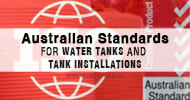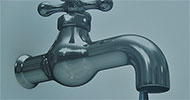
Water Tank Installation Guide
June 17, 2018
Site Preparation There are several factors that will determine the most appropriate location of your rainwater tank. First walk around your house and note the locations of your downpipes. The closer the tank is to a downpipe, the simpler your install will be. Once you have selected an appropriate site, you can begin to prepare […]









































































